
Industry News
When choosing a cat litter, pet owners are faced with a dizzying array of options. Among the newer, eco-friendly entrants, cassava cat litter has gained significant popularity. But a common and practical question arises: what happens to it when it gets wet? Does cassava litter expand like some natural products, potentially causing issues in the litter box, or does it maintain a stable volume?
The direct answer is that high-quality cassava litter is engineered to undergo minimal, controlled expansion upon absorbing liquid. It is designed to clump tightly without dramatically increasing in volume, a key feature that distinguishes it from some other plant-based alternatives. Let’s delve into the science and practical implications behind this behavior to give you a complete understanding.
To understand cassava litter, it’s helpful to know why some materials expand. Many plant-based substances, like wood fibers or grain, are hydrophilic, meaning they attract and absorb water molecules. When this happens, the fibers or starch cells swell as the water fills the spaces within their structure. Think of a dried sponge—it’s small and hard, but when you add water, it puffs up significantly.
This swelling can be a double-edged sword in cat litter. A little expansion can help form a tight clump, but too much can lead to a litter box that fills up quickly, increased litter usage, and potential difficulties in scooping.
Cassava litter is made from the cassava root, a tuber rich in starch. The manufacturing process is crucial here. The root is dried and ground, but the way it’s processed determines its final absorbent properties.
The Role of Starch: Cassava starch granules are highly absorbent. When they encounter liquid, they swell as they take in water. This is the primary mechanism for initial liquid capture.
The Role of Fiber: The cassava root also contains fibrous material. This fiber provides structure and helps to wick moisture away from the surface, distributing it more evenly through the clump.
The key to cassava litter’s success is the balance between these two components. Manufacturers have refined their processes to maximize the starch’s clumping ability while ensuring the fibrous structure contains the expansion. The result is a clump that is firm and solid, rather than a mushy, swollen mass.
Comparing cassava to other common litter types highlights its unique volume-stable nature.
Clay Clumping Litter: Bentonite clay is famous for its dramatic expansion. It can swell to several times its original volume, forming a rock-hard clump. While effective, this is the primary reason clay litter is so heavy and why litter boxes can seem to “fill up” faster with waste.
Pine or Wheat Litter: These litters often function differently. Many non-clumping pine litters disintegrate into sawdust when wet. Wheat litter, which relies on natural enzymes and starches, can sometimes become sticky and expand noticeably, leading to a softer, less stable clump that can break apart during scooping.
Silica Gel Litter: This litter doesn’t clump or expand at all. It absorbs moisture into its internal pores, changing color as it saturates, while solid waste remains on the surface.
Cassava litter occupies a middle ground. It clumps more reliably and firmly than many plant-based litters but without the extreme, volume-doubling expansion of bentonite clay.
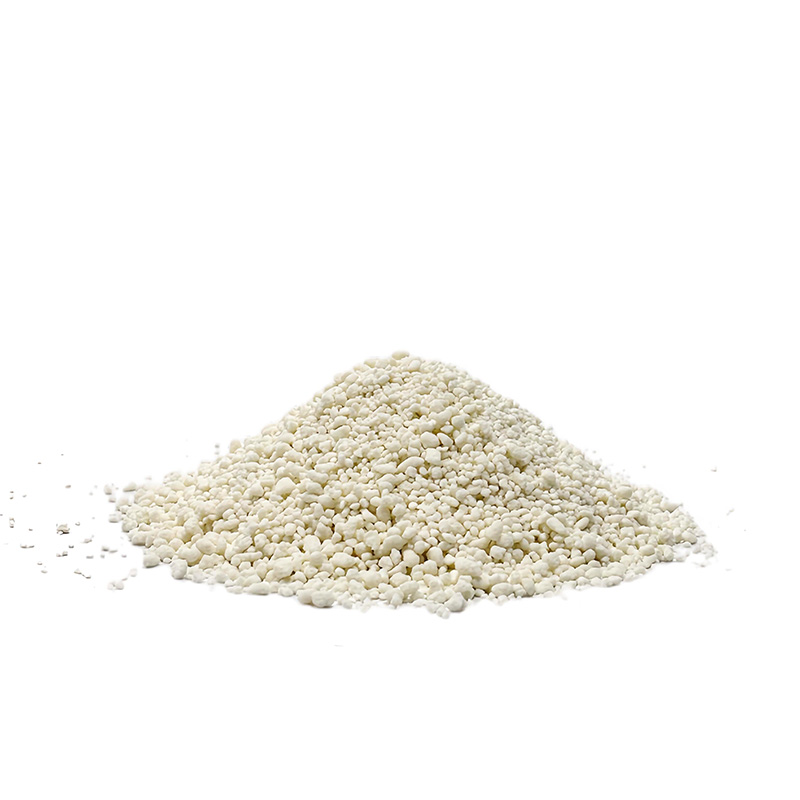
So, what does this “minimal expansion” characteristic mean for your daily routine?
Efficient Scooping: Because the clumps are hard and maintain their shape without excessive crumbling or mushiness, they are easy to remove entirely with a litter scoop. This leaves the remaining litter clean and ready for reuse.
Litter Longevity: Since the litter doesn’t dramatically increase the volume of each clump, you are not removing a disproportionate amount of clean litter with every scoop. This efficiency can lead to the litter in the box lasting longer, making a bag of cassava litter go further than you might expect.
Box Management: You are less likely to encounter the problem of a litter box that becomes overfilled with swollen, used litter after just a few days. This stable volume allows for more consistent litter depth and a more predictable cleaning schedule.
What to Watch For: It’s important to note that no litter is entirely immune to user error. If the litter box is not cleaned regularly and liquid is allowed to pool at the bottom, even cassava litter can eventually break down and become pasty. Furthermore, quality can vary between brands. Some may have a different balance of starch and fiber, leading to slightly different clumping behaviors.
In the debate of expansion versus volume maintenance, cassava litter firmly lands on the side of stability. Its manufacturing process harnesses the natural absorbency of cassava starch while using the root’s fibrous structure to create a tight, dense clump that undergoes only minimal, controlled swelling.
This translates to a practical, efficient, and user-friendly experience for the cat owner. You get the eco-friendly benefits and excellent odor control of a plant-based litter, combined with the easy scoopability and waste-management efficiency that rivals the best clumping litters, all without the hassle of a litter box that seems to grow in volume overnight. When selecting a cassava litter, look for reputable brands with positive reviews specifically mentioning clump integrity, as this is the best indicator of a well-formulated product that lives up to its volume-stable promise.
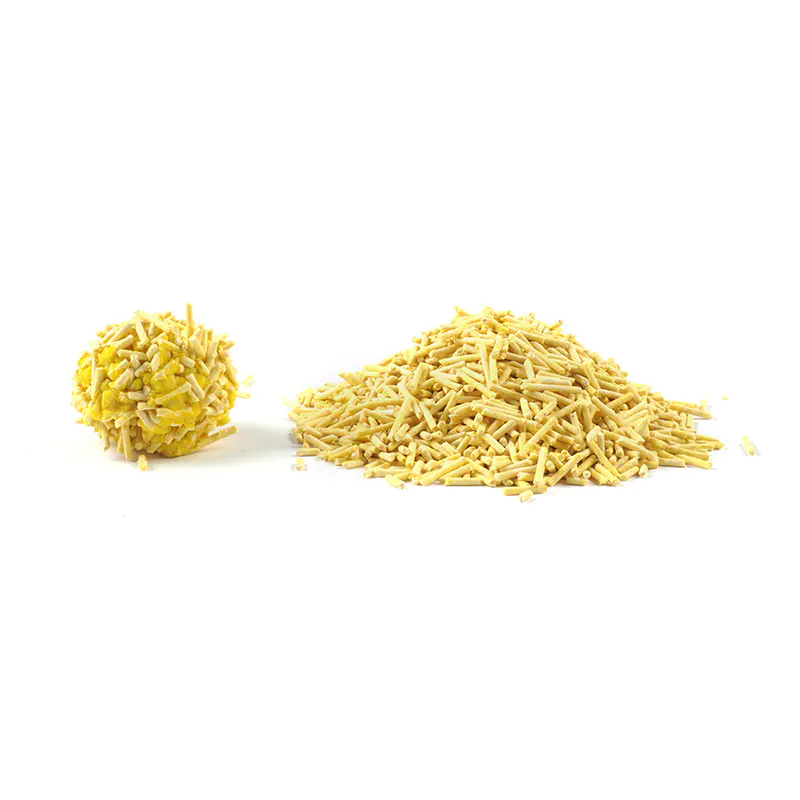
Tofu Cat Litter
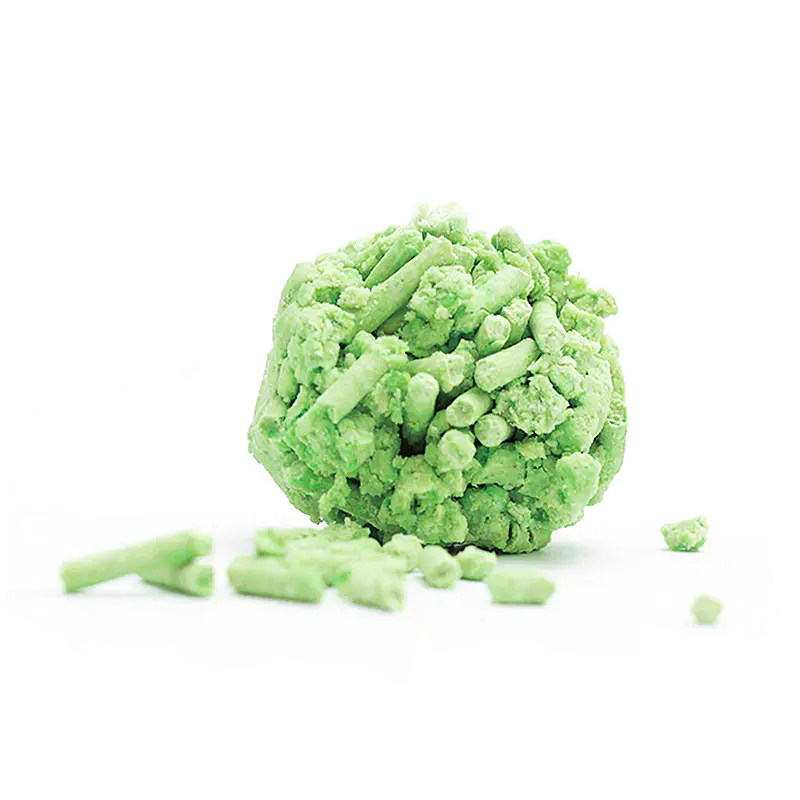
Tofu Cat Litter
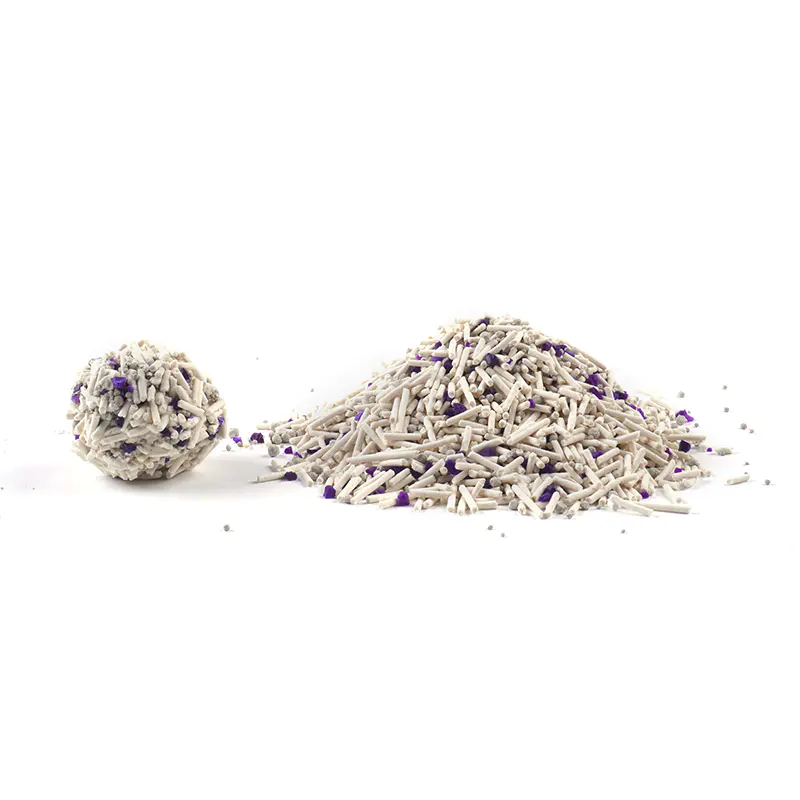
Mixed Cat Litter
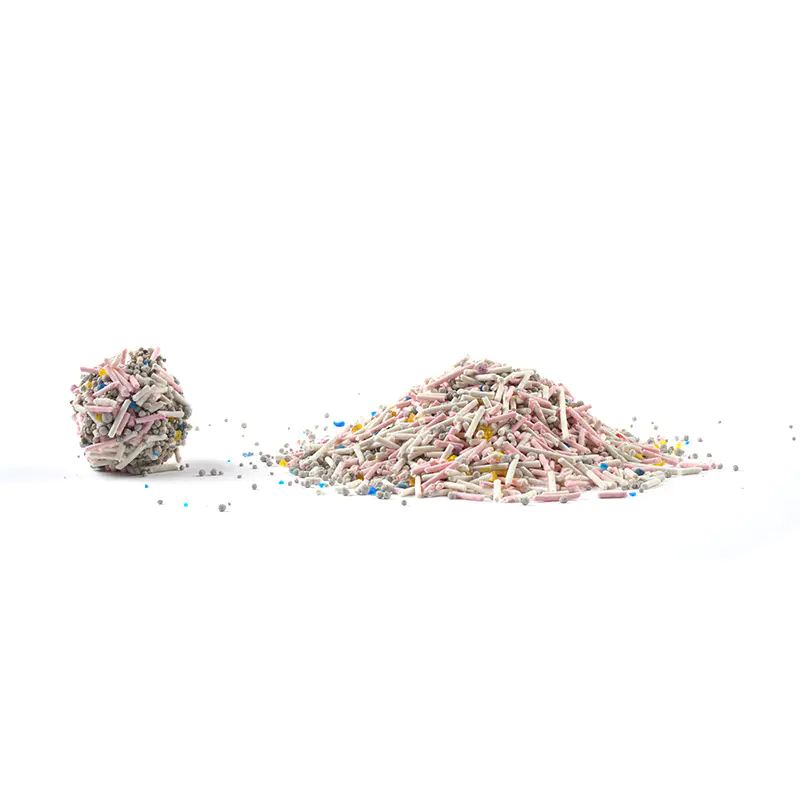
Mixed Cat Litter
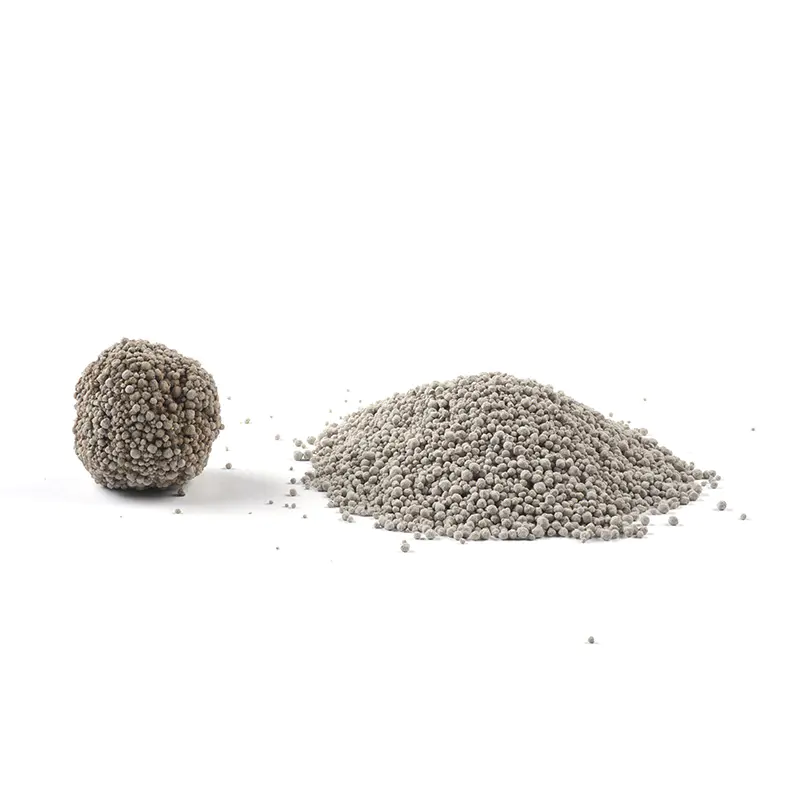
Bentonite Cat Litter


Got Questions? Call us 24/7

+8615263229311
No.88, Quandu Road, Xigang Town, Tengzhou City, Shandong, China. (Sincere Industrial Park)

OEM Cat Litter Manufacturers Bulk Cat Litter Wholesale Biodegradable Cat Litter Company
